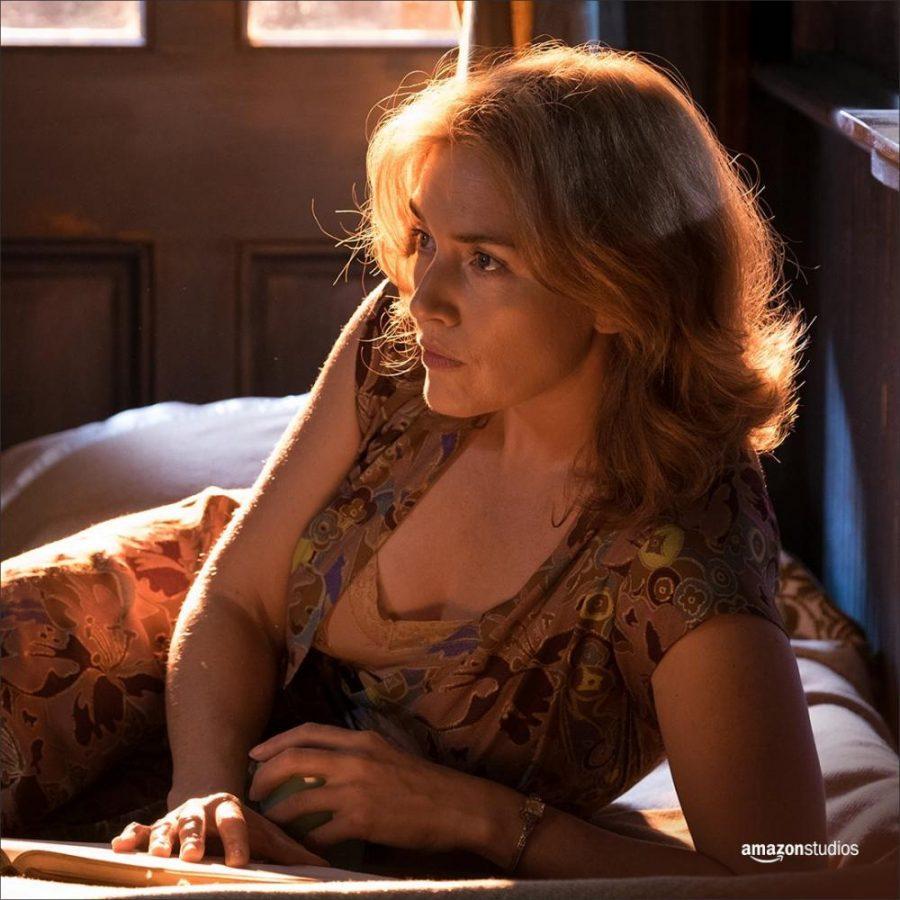Painful Nostalgia in ‘Wonder Wheel’
NYU dropout Woody Allen released his new film “Wonder Wheel” at the New York Film Festival. The film tells the story of a couple in the 1950s living in Coney Island.
October 16, 2017
After more than four decades in Hollywood, NYU dropout Woody Allen’s well of ideas seems to be eternal, as he paints new stories year after year. With the inevitability of age, Allen chooses to continue his exploration of mortality, which sets brooding and bleak tones for his pictures.
On Saturday night, the 55th New York Film Festival came to a fitting close, with a picture by the quintessential New York filmmaker. Woody Allen’s “Wonder Wheel” tells the story of an ex-actress, Ginny (Kate Winslet), and her carny husband, Humpty (Jim Belushi), in 1950s Coney Island. As Ginny becomes involved in an affair with a young, aspiring-writer lifeguard, Mickey (Justin Timberlake), and Humpty’s daughter, Carolina (Juno Temple), shows up at their doorstep on the run from the mob, Ginny’s mental state slowly unravels.
The themes and ponderings of “Wonder Wheel” are those commonly found in all of Allen’s work: nostalgia, longing to discover a profound meaning in life and a sense of disappointment that comes with middle age. Set against the backdrop of Coney Island — a place of false and fabricated magic — these philosophical dilemmas are magnified and even mocked by the absurdity of the carnival. For Ginny and Humpty, who live in the shadow of the park’s ferris wheel, is there any point in attempting an escape?
With “Wonder Wheel,” Allen writes Winslet a role of the same caliber as Cate Blanchett in “Blue Jasmine.” Ginny wallows in the regret of her choices as an immature youth and fears tumbling down the same hole again. Though she is painfully aware that her fling with Mickey will culminate in a similar fate, Ginny continues to pursue it — an act of self-loathing at its finest. Winslet brings a tender yet tough face to the role, as she immerses herself in the body of a woman refusing to abandon her past.
The legendary Vittorio Storaro provides a breadth of light and dark into the world of 1950s Brooklyn. The striking and ex- plosive colors of Coney Island are balanced with the looming clouds of Ginny’s haunting past and the mobsters on the prowl for Carolina. In the delusion of Coney Island, Storaro’s stunning cinematography grounds the story in a somber reality.
The story is told through the lens of Mickey, who opens the film by breaking the fourth wall. This often renders his conversation heavy-handed, as it offers too much exposition and detracts from the substance of his words. When the film strays from Mickey’s narration, Allen’s eminent comedic and quick dialogue is given a stage to triumph. Simultaneously funny, provocative and tragic, the script showcases Allen’s nimble talent with words.
Comparing “Wonder Wheel” with Allen’s earlier works is an insurmountable difficulty. With the passage of time, he has evolved as a filmmaker — interests change and another perspective on life is gained. The film depicts the psychological consequences of choices and how they can drastically unwind a person’s psyche, a challenge of morality that Allen has devoted years to investigating. Though not his most significant feat, “Wonder Wheel” proves that Woody Allen is still infatuated with cinema and has enduring wisdom to share.
A version of this article appeared in the Monday, Oct. 16 print edition. Email Daniella Nichinson at [email protected].
























































































































































